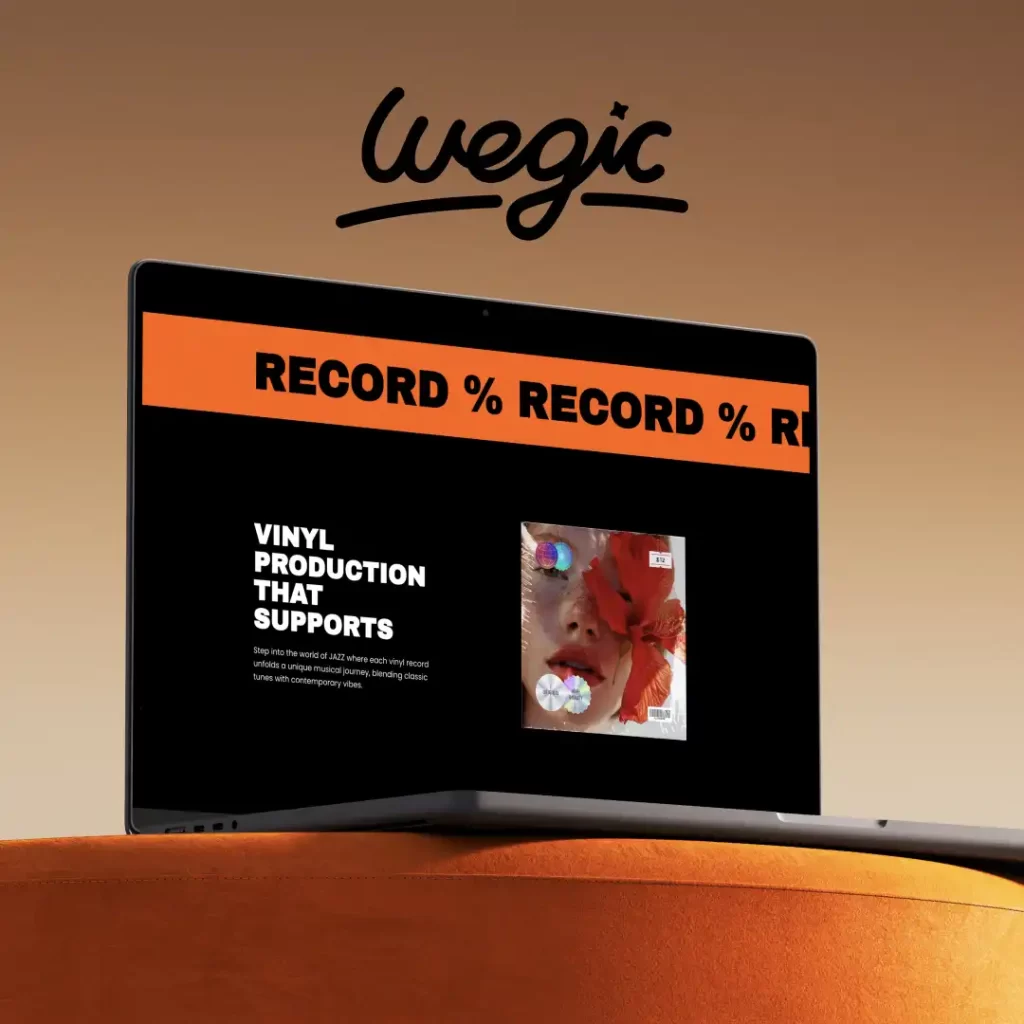How to Start a Website for Free Overview
In today’s digital age, having a website that is accessible to all users is crucial. Website accessibility ensures that people with disabilities or limitations can easily navigate and access the content on your site. Not only is it important from an ethical standpoint, but it is also required by law in many countries. In the United States, for example, the Americans with Disabilities Act (ADA) requires that websites be accessible to people with disabilities.
In today’s digital age, having a website is essential for businesses, professionals, and individuals looking to establish an online presence. However, many people are deterred from starting a website due to the perceived costs involved. The good news is that it is possible to start a website for free, thanks to various website builders and hosting platforms that offer free plans. In this article, we’ll walk you through the steps of how to start a website for free.
Choose the right platform
The first step in starting a website for free is to choose the right platform. There are several website builders and hosting platforms that offer free plans, such as WordPress, Wix, Weebly, and Blogger. Each platform has its own features and limitations, so it’s important to do some research and choose the one that best suits your needs.
For example, WordPress is a popular choice for people looking to create a blog or a more complex website, while Wix and Weebly are user-friendly platforms that are great for beginners. Blogger is a simple blogging platform that is owned by Google and is easy to use.
Sign up for a free account
Once you’ve chosen a platform, the next step is to sign up for a free account. Most website builders and hosting platforms will require you to provide some basic information, such as your name, email address, and a password. Once you’ve created an account, you’ll be able to start building your website.
Select a template
After signing up for a free account, you’ll need to select a template for your website. Templates are pre-designed layouts that you can customize to suit your needs. Most website builders and hosting platforms offer a variety of templates to choose from, so take some time to browse through them and select one that fits your style and branding.
Customize your website
Once you’ve selected a template, it’s time to customize your website. This involves adding your own content, such as text, images, and videos, and customizing the layout and design of your site. Most website builders and hosting platforms have drag-and-drop editors that make it easy to customize your website without any coding skills.
It’s important to make sure that your website is visually appealing and easy to navigate, as this will help attract visitors and keep them engaged. You can also add additional features to your website, such as contact forms, social media integration, and e-commerce functionality, depending on your needs.
Publish your website
Once you’ve customized your website to your liking, it’s time to publish it to the internet. Most website builders and hosting platforms will provide you with a free subdomain (e.g., yourwebsite.wordpress) that you can use to publish your site. If you want to use a custom domain (e.g., yourwebsite), you may need to upgrade to a paid plan.
Promote your website
After publishing your website, it’s important to promote it to attract visitors. You can promote your website through social media, email marketing, search engine optimization (SEO), and online advertising. It’s also a good idea to regularly update your website with fresh content and engage with your audience to keep them coming back.
Monitor your website
Finally, it’s important to monitor your website to track its performance. Most website builders and hosting platforms will provide you with analytics tools that allow you to see how many visitors your website is receiving, where they’re coming from, and which pages are the most popular. This information can help you make informed decisions on how to improve your website and attract more visitors.
In conclusion, starting a website for free is easier than ever thanks to website builders and hosting platforms that offer free plans. By choosing the right platform, customizing your website, and promoting it effectively, you can create a professional-looking website that helps you establish an online presence and achieve your goals. Whether you’re a business looking to reach new customers, a professional looking to showcase your work, or an individual looking to share your passion with the world, starting a website for free is a great way to get started.
In conclusion, designing a website layout template is a crucial step in creating a successful website. By considering factors such as the overall structure of the site, the placement of elements, the use of white space, and the responsive nature of the design, you can create a layout that is visually appealing, easy to navigate, and user-friendly. Experiment with different layouts and elements to find the one that works best for your site, and don’t be afraid to make changes as needed. With a well-designed layout, you can create a website that engages users and keeps them coming back for more.


